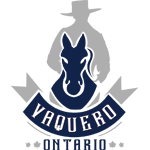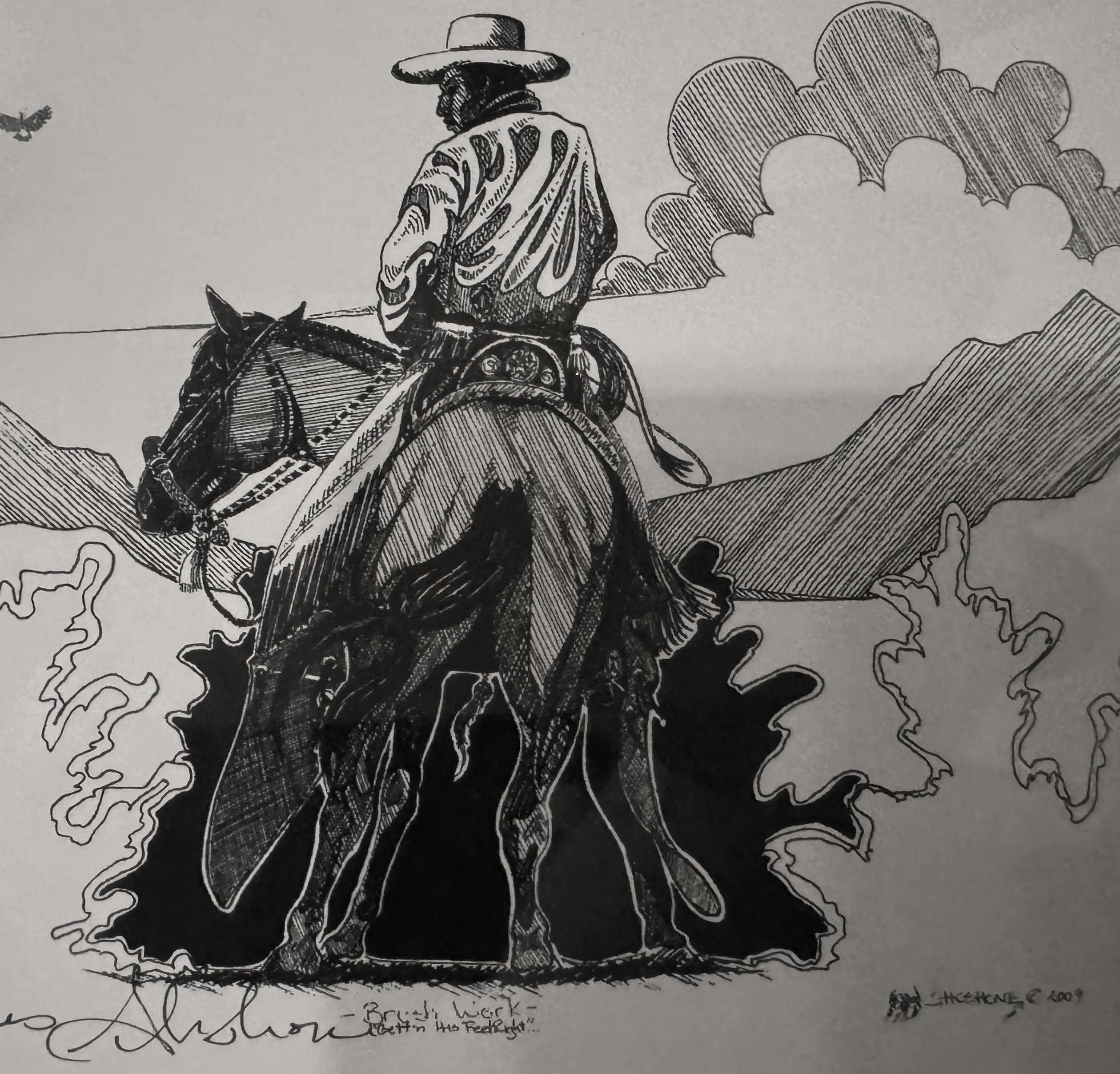Is Your Horse Moving Mechanically—or Is It Following a Feel?
It’s a question I’ve been thinking about a lot lately: is my horse responding to me, or is it just performing out of habit or routine? There’s a big difference between a horse that’s moving mechanically and one that’s truly following a feel—and I think it’s something worth reflecting on.
If you’re involved in equestrian sports, chances are the training and structure of competition may be encouraging a more mechanical way of going. And honestly, that’s not necessarily anyone’s fault—sports have rules, and those rules are about performance and outcomes. They’re not always rooted in horsemanship. They’re often more about whether certain movements were executed at the right time in the right frame, not how they were achieved or how the horse felt in the process.
Now, I know this might sound a bit bold, and maybe even a little opinionated—but I don’t mean to offend. I just want to encourage some deeper thinking about the way we work with our horses. I’ve seen firsthand how easy it is to get caught up in the mechanics, in the pursuit of precision, and forget that there’s a living, feeling animal under us—one who notices every little thing we do.
For example, I’m a certified Equestrian Canada Coach, and I’ll be honest: getting that certification didn’t require me to work with a horse at all. Similarly, many judges in equestrian sports aren’t required to have much hands-on experience either. Their job is to assess whether certain criteria are met for points—not necessarily to evaluate horsemanship.
Take something like Western Pleasure or reining. At some point, the ideal look became a horse with its head low, nose near the ground, looking almost sleepy. And that’s somehow been labeled “collection.” But from a biomechanics perspective, that posture puts a lot of weight on the front end and actually makes it harder for the horse to move freely or respond quickly. If you’ve ever watched a reining horse prepare to lope off, you’ll notice they instinctively lift their head first—that’s their way of balancing and preparing themselves, not something taught.
Horses naturally carry more weight on their front end—about a 60/40 split. But when they need to react, when their survival instincts kick in, they collect by raising their head and evening out their weight so they can move in any direction in a heartbeat. That’s nature’s version of collection, and it’s built for function, not appearance.
I’m not saying all sport riding is bad, or that people who compete don’t care about their horses. Not at all. I just think sometimes the pursuit of scores and ribbons can shift our focus away from the feel, the conversation, and the connection we originally fell in love with.
Personally, I’ve always been more drawn to the process than the prize. I’ve competed—in Taekwondo, endurance races, trampolining, and even a few local horse shows—but what’s always driven me is self-improvement and a deeper understanding of the craft. I don’t feel the need to prove anything to a judge or to anyone else, really. The only approval I seek is from my horse—and from myself.
So if anything I write or say ever comes across as critical or arrogant, please know that’s not my intention. I’m just trying to start conversations. To get us thinking. If something I say resonates with even one person and helps them reflect a little differently on their horsemanship, then I feel like I’ve done something worthwhile.
At the end of the day, I think we all want the same thing: a better connection with our horses. So ask yourself—does your horse understand what you’re asking? Can you ride without gadgets or force? Can your horse follow a feel, even with nothing on its head?
I’m not saying that makes me special. It just means I’ve taken the time to listen, to try things differently, to make mistakes and learn from them. And it’s made a world of difference in my relationship with my horses.
I may never win a national title—and that’s okay. What matters most to me is that my horses trust me, that they feel safe, and that we understand each other.
So maybe this is just a gentle nudge. A little invitation to step back and ask: am I building a machine, or a relationship?
Image credit to James Shoshone – Buckaroo and Vaquero Artist extraordinaire

